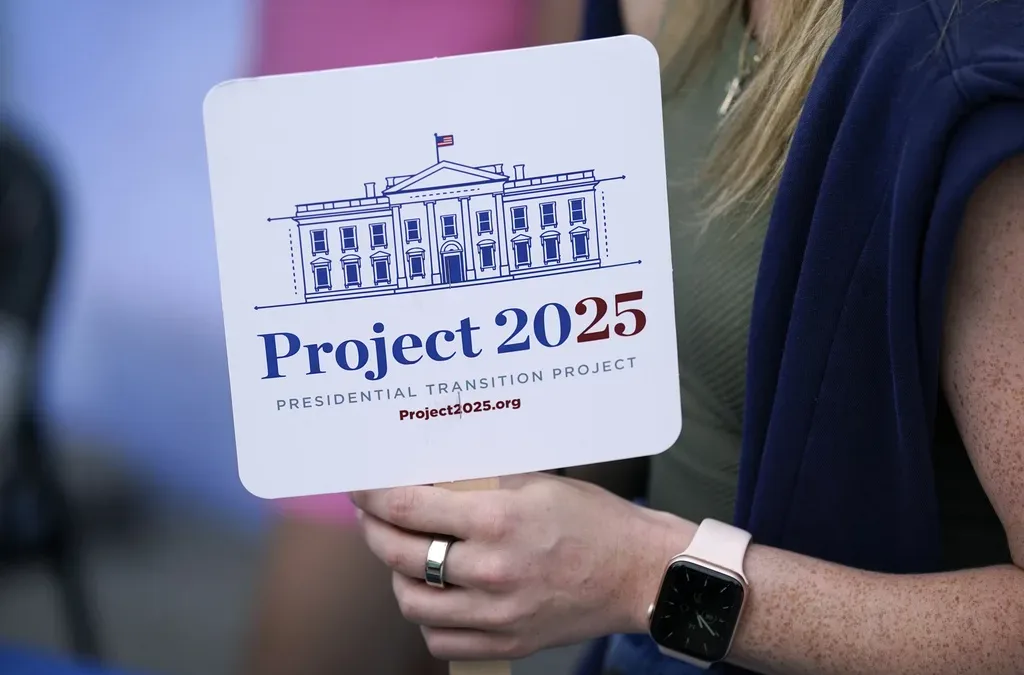Thousands of Virginians rely on insulin to survive. Legislation from the Democratic legislature made sure the cost of that life-saving medicine didn’t keep going up.
STERLING – Blair Gormley paid $300 every three months just to stay alive.
That didn’t include the price of groceries. And a dime didn’t go toward rent. Every dollar went toward life-or-death medication for the 48-year-old Sterling resident.
Doctors diagnosed Gormley with Type 1 Diabetes when he was just 14-months old. Type 1 Diabetes is a life-long autoimmune disease, and differs Type 2, which some people can prevent or treat through various lifestyle changes.
To stay alive, Gormley needed insulin treatments. But the price of the lifesaving injection can often come with an outrageous price tag in the United States. That was the case for Gormley.
For a 90-day supply of Novolog or Humalog, Gormley shelled out $300. And yes, that was with insurance.
“And that’s typically an average,” Gormley said. “I mean, it would fluctuate depending on who my insurance was through and which fast-acting insulin was being filled.”
Gary Dougherty, director of state government affairs and advocacy for the American Diabetes Association, said it’s not uncommon to see prescribed insulin costing upwards of $300 per vial, even for those with insurance. Oftentimes, diabetics need more than one vial of insulin a month.
Thankfully, Gormley never had to choose between insulin or another necessity. One parent worked as a doctor, while another worked for the federal government. Living a financially secure childhood, joining the workforce himself at age 13 and earning multiple doctorate degrees as an adult, there was never a question of whether or not Gormley would have the medicine he needed.
But the fact remained – Gormley, like others with Type 1 Diabetes, needed the insulin to live. And really, was it fair that he and 1.6 million American adults and children with Type 1 Diabetes faced fluctuating costs for a medical necessity?
A Need for Change
The ADA estimates that between 10,000-13,000 Virginians are on state-regulated health plans and use insulin to treat their diabetes.
“For many Americans, insulin has become too expensive for them to afford. Between 2002-2013, the price of insulin tripled,” Dougherty said. “ADA research has shown that for one-in-four insulin users, the cost has impacted their use. Rationing or skipping insulin doses is unsafe and can lead to costly and preventable emergency room visits and hospital stays.”
Dougherty also mentioned other complications diabetics who cut back on insulin could face, including blindness, kidney failure, lower limb amputation, heart attack, stroke and death.
Something needed to change.
Last year, the General Assembly took insulin prices into consideration. It passed House Bill 66, sponsored by Del. Lee Carter, D-Manassas, which capped the price of insulin at $50 out-of-pocket for insured individuals. The bill worked as a cost-sharing option, regardless of the amount or type of insulin needed to fill that person’s prescription.
“By making insulin more affordable, Virginians living with diabetes will be more adherent with their treatment, thereby experiencing better health outcomes, fewer costly ER visits and hospital stays and a much higher quality of life—not having to struggle to pay for their life-sustaining medication,” Dougherty said.
Saving for College
Gormley expressed excitement over the cap. Now, he pays $30 for the same prescription. That’s a 90% savings.
“It’s fantastic,” Gormley said. “I wish they had done it 10, 15 years ago.”
With the extra $270 he’s saving every 90 days, Gormley plans to contribute to his 13-year-old daughter’s college fund, as well as save for a downpayment on a house.
For others also in a newfound financial savings situation, Gormley said he felt the cap would prove beneficial.
“Those people who are, you know, working 20, 30 hours a week at a part-time job, or even working full-time, but they’re not working the full 40 hours and have health insurance through their employer, it’s going to save them oodles of money,” Gormley said. “And they’re going to be able to control their diabetes much better than, you know, two years ago when [the price of] insulin was outrageous.”
Amie Knowles reports for The Dogwood. You can reach her at [email protected]
Politics

Biden marks Earth Day by announcing $7 billion in solar grants
The Biden administration on Monday announced the recipients of its Solar For All Program, a $7 billion climate program that aims to lower energy...

6 terrifying things that could happen if the Comstock Act is used to target abortion
Does 1873 sound like a really, really long time ago? Well, that’s because it is—but if Republicans and far-right anti-abortion activists have their...
Local News

Virginia verses: Celebrating 5 poetic icons for National Poetry Month
There’s no shortage of great writers when it comes to our commonwealth. From the haunting verses of Edgar Allan Poe, who found solace in Richmond's...

Join the fun: Recapping Family Literacy Night’s storybook adventures
When’s the last time you read a book aloud with a loved one? If it’s difficult to answer that question, then maybe it’s time to dust off that TBR...





